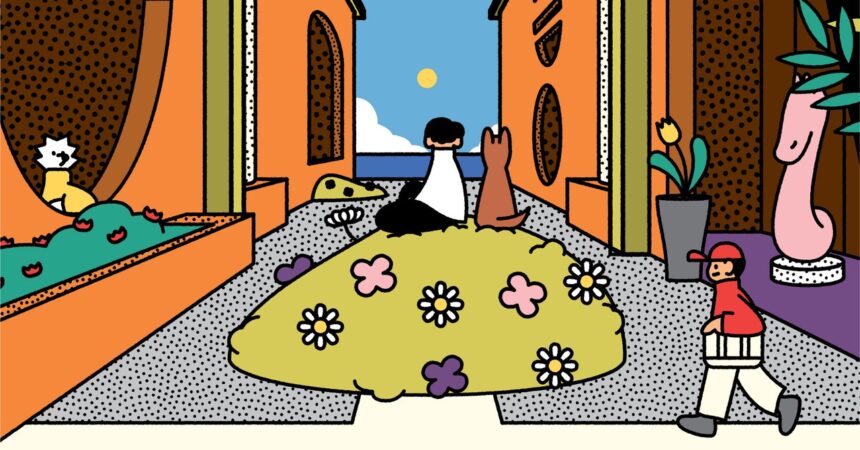Rethinking Urban Design: The Intersection of Neuroscience and Architecture
As the global population continues to urbanize, the environments we inhabit are increasingly shaped by trade, industry, and automobile culture. Cities like Liverpool, Osaka, and New York have evolved around these constructs, often at the expense of human health and well-being. Recent data shows a distressing rise in health-related issues, including depression, cancer, and diabetes, which may be linked to the design and layout of our urban spaces.
The Historical Perspective
Since the latter half of the 20th century, influential thinkers like Jane Jacobs and Jan Gehl have brought attention to the shortcomings of urban design. Their critiques focused on the gritty reality of urban living characterized by unfriendly architecture, monotonous constructions, and inhospitable public spaces. While their pioneering ideas gained traction among some in the construction industry, many aspects of their insights were often marginalized, perceived as inconveniences to the prevailing architectural narrative focused on efficiency and industrial progress rather than human-centric design.
Advances in Neuroarchitecture
Recent advancements in neurology and technology have opened a new frontier in understanding how our surroundings impact our health. Brain-mapping techniques and wearable technology have enabled researchers to study human responses to environmental stimuli in real time, making it increasingly challenging for the construction industry to ignore the links between urban design, psychological well-being, and physiological health.
One notable player in this field is Colin Ellard, director of the Urban Realities Laboratory at the University of Waterloo. Through his groundbreaking research, Ellard examines how architectural features can provoke psychological responses, contributing valuable insights into urban and architectural planning. His work, alongside initiatives like the EU-funded eMOTIONAL Cities project, aims to understand the emotional impacts of urban environments across cities like Lisbon, London, and Copenhagen.
Linking Aesthetics and Health
Innovative projects are underway to explore the connection between aesthetics and health outcomes. For instance, the Humanize Campaign recently partnered with Ellard to investigate how building facades can affect people’s psychological well-being and their physiological response to neuroinflammation. The findings from these studies may have far-reaching implications for architectural design, providing evidence that can shape the future of building standards.
One remarkable example of applying these principles is NORD Architects’ design of Alzheimer’s Village in Dax, France. By mimicking the structure of a traditional fortified town, the project seeks to create familiar and soothing environments for residents. This innovative approach illustrates how considerations of comfort and navigation can greatly enhance the quality of life for individuals experiencing cognitive decline.
A Shifting Paradigm
Encouraging shifts are evident within the construction and urban planning sectors as interest in neuroarchitecture grows. The advent of generative AI in architectural design has drastically changed traditional workflows, increasing the potential for integrating neuroscientific findings into the design process. As architects and urban planners adopt these advanced tools, the potential for creating healthier, more engaging urban environments expands exponentially.
Moreover, some visionary city leaders have begun prioritizing human well-being alongside economic growth. A case in point is Rokhsana Fiaz, the mayor of Newham in East London, who has established health and happiness as key performance indicators in her economic strategy. This growing recognition of the interplay between urban design and public health promises to inspire more cities to adopt similar frameworks.
Conclusion: Towards a Human-Centric Future
The future of urban planning lies in an integrated approach that combines solid architectural principles with emerging insights from neuroscience. As property developers and city planners recognize the importance of aesthetics in contributing to public health, we can anticipate transformative changes in the way our cities are designed. This evolution won’t just enhance health outcomes; it has the potential to make our urban environments more joyful, engaging, and livable.
By harnessing the combined power of architectural innovation and neuroscientific research, we can transform the user experience of urban living, creating spaces that not only meet our material needs but also nourish our mental and emotional well-being. It is time we reclaim our cities for humanity, fostering places that improve our health and enrich our lives.










